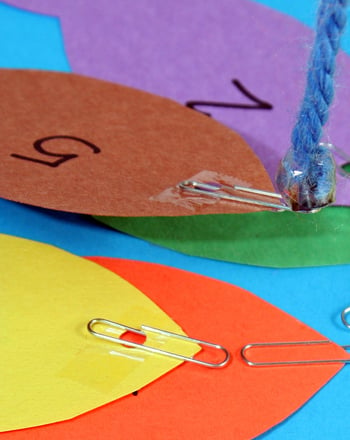Why is Geometry Important in Everyday Life?
Mathematical thinking and reasoning begins for students long before it is taught through any sort of schooling. Beginning as infants, humans are attracted to patterns, designs and shapes. Parents reinforce this by often purchasing toys or mobiles with brightly colored shapes, pictures or designs. Babies are attracted to these items before they are able to reach, grasp or manipulate them in anyway. Later, toys are manipulated in such a way as to provide further hands on learning to develop these types of skills. These shapes and designs are the very foundational level of the
mathematical field of geometry.
Geometry is everywhere.
Angles, shapes, lines, line segments, curves, and other aspects of geometry are every single place you look, even on this page. Letters themselves are constructed of lines, line segments, and curves! Take a minute and look around the room you are in, take note of the curves, angles, lines and other aspects which create your environment. Notice that some are
two-dimensional shapes while others are
three-dimensional shapes. These man-made geometrical aspects please us in an aesthetic way.

An
angle is formed when two rays come together at the same point (end point). The distance between the two rays is measured in degrees using a tool known as a protractor. Angles can be found on the human body as well as in the many structures we have created for living and working. On your body, each joint as it is moved creates different sized angles based on how far apart the body parts are located. An example of angles with in a home might include the brackets holding a shelf to the wall. Angles are created as shapes come together.
Shapes are unique representations with specific properties to define them. Shapes can be two- or three- dimensional. There are numerous defined shapes. Shapes include things such as polygons, which include squares, circles, rectangles, triangles, etc.., quadrangles, which include parallelograms, rhombus, trapezoids, etc…solids, which include cylinders, pyramids, prisms, etc… Each item in our tangible world is created by combining shapes of some sort together. Thinking of a soda can as a cylinder or a refrigerator as a combination of squares, cubes and rectangles provides a deeper understanding of how shapes can be combined together to create the world around us.
A line is the path, which is always straight, and extends out infinitely (forever). A line will not necessarily extend forever, but in order for it to be considered a line, it has the potential to, if continued on, to never end. Lines are represented by a straight line with arrows on both ends, indicating that it could extend forever. Line segments are similar to lines, in that they are always straight, but they do not extend out forever, instead they end at specific points, known as endpoints. Line segments are typically represented by a straight line with two dots at each end, representing the end points. These end points are generally given a label such as line segment AB. A curve is similar to a line segment in that it has two specific end points, however it is never straight. A curve would be represented in the same manner; however, instead of being straight the portion between the two end points would be curved.
Nature also has an abundance of geometry. Patterns can be found on leaves, in flowers, in seashells and many other places. Even our own bodies consist of patterns, curves and line segments. It is through the observation of nature that scientists have begun to explore and explain the more basic principles now accepted as scientific truths. These observations and realizations have lead to the progression of new learning in both science and geometry. This began with the simple repetitive patterns such as the orbiting of the planets or the back and forth motion of a pendulum. It continues today as new theorems and natural events are explained and represented through geometric representations, thinking and principles.
At the most basic level, geometric principles occur all around us. Mankind craves the geometrical principles and to explain events occurring within the natural world. Home builders, interior designers, landscape designers all rely on geometric principles to attract the eye of prospective customers. In nature, animals use the patterns and other geometric ideas as part of the reproduction process, defense mechanisms, and as a method to attract others. In some cases, the geometry found in nature has provided inspiration for man-made items. While in other cases, it is the natural events which have provided the inspiration for further developments and understanding of geometric principles and ideas.
Homes maximize their geometric aspects to draw the eye of potential buyers. Curves are added to break up traditional rectangular patterns. Spiral stairways might be added to replace the traditional straight staircases. Patterns are found in every single part of the home including: painting designs, window placements, carpeting, and numerous other examples. In addition to the aesthetic principles, geometric thinking is needed to ensure homes and buildings are structurally sound. Understanding which angles provide make for stronger and safer buildings has helped to change trends in construction. Additionally, laws, in this case building codes, have been changed to include the implementation of the known laws of geometry into various trades. These changes have significantly increased the safety of many things in our world.

 An
An 


















